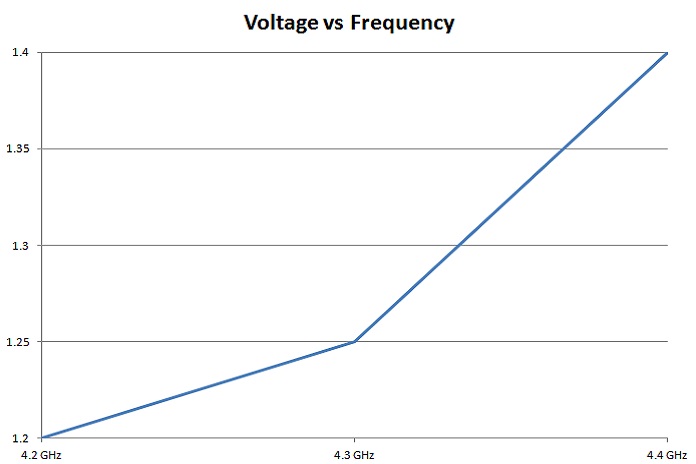You know what I just remembered? Bdw-E has a coldbug, overclocks at best mid 4 GHz on air / water, and 5-5.2 GHz on LN2. Haswell-E does well over 6 GHz on LN2.
As an extreme overclocker, it will be really interesting to see where Zen falls there for me.
Also:
https://edgeup.asus.com/2016/06/17/broadwell-e-overclocking-guide/6/

^^^This is exactly what I was worried about when I was explaining my theory on Zen's turbo clocks that got me huge backlash a few pages back, and this is also the reason you don't see Bdw-E with high turbo clocks.
If Zen gets 4 GHz+ Turbo and performs nearly as well across the board as AMD has shown so far, it'll be a smash hit. If not, and it gets between 3.7-4.0 GHz turbo like I had guessed, it will still be impressive imho.
I know a lot of people here are more concerned about Skylake / Kaby Lake and single thread performance, but even if the Ryzen CPUs can not compete there, this will be a very good processor for AMD in the HEDT space, which they are targeting. (I have no idea why people are claiming that they aren't targeting the HEDT space, it has been stated multiple times that they are.)
/drunkpost
Maybe this is the reason behind the launch of HEDT CPUs first. Maybe the process is not mature yet to have more than 4GHz clocks and so a 4 core would be a disappointment...



